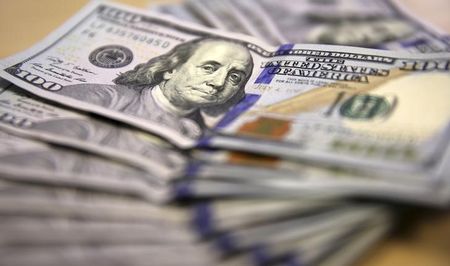Higher oil prices support the dollar, and the recent rise in commodity barrel prices brings greater risks for those who foresee a lower American currency globally by year-end. That’s according to the Bank of America (BofA), in a note sent to clients and the market on Wednesday.
“We argue policy responses to inflation have likely amplified the USD-positive impact of recent supply-driven oil shocks,” the bank highlights in the document.
“In the longer term, the positive impact of oil prices on US terms of trade may imply a more persistent upside risk to USD,” add currency strategists John Shin and Alex Cohen.
The strategists state that the nature of the oil shock’s supply, which, in the bank’s opinion, is more related to supply conditions, including the Russian invasion of Ukraine and concerns about turbulence in the Middle East, has also supported the dollar.
“Higher oil prices wind up supporting USD higher both through dynamics around high inflation, as well as the context of a supply shock typically also represents a general risk-off-type environment that inspire USD strength,” they observe, adding that the Federal Reserve’s restrictive monetary policy helped amplify the impact. The bank recalls that in previous episodes of energy price increases in 2008 and 2011, the Fed decided to assess the inflationary impact, but the European Central Bank (ECB) raised interest rates, also boosting the euro.
The bank’s strategists believe that, although the nature of the shocks may be temporary, “oil is likely to stay a broadly USD-positive force in general because of the changed relationship to the US economy, aside from cyclical surprises,” considering the benefit of these increases for U.S. terms of trade.
BofA sees a decline in the dollar in the medium term, with a year-end forecast for the EUR/USD pair of 1.15, expecting cuts in U.S. interest rates, but warns about the risks of a dollar rise in the face of high oil prices.
